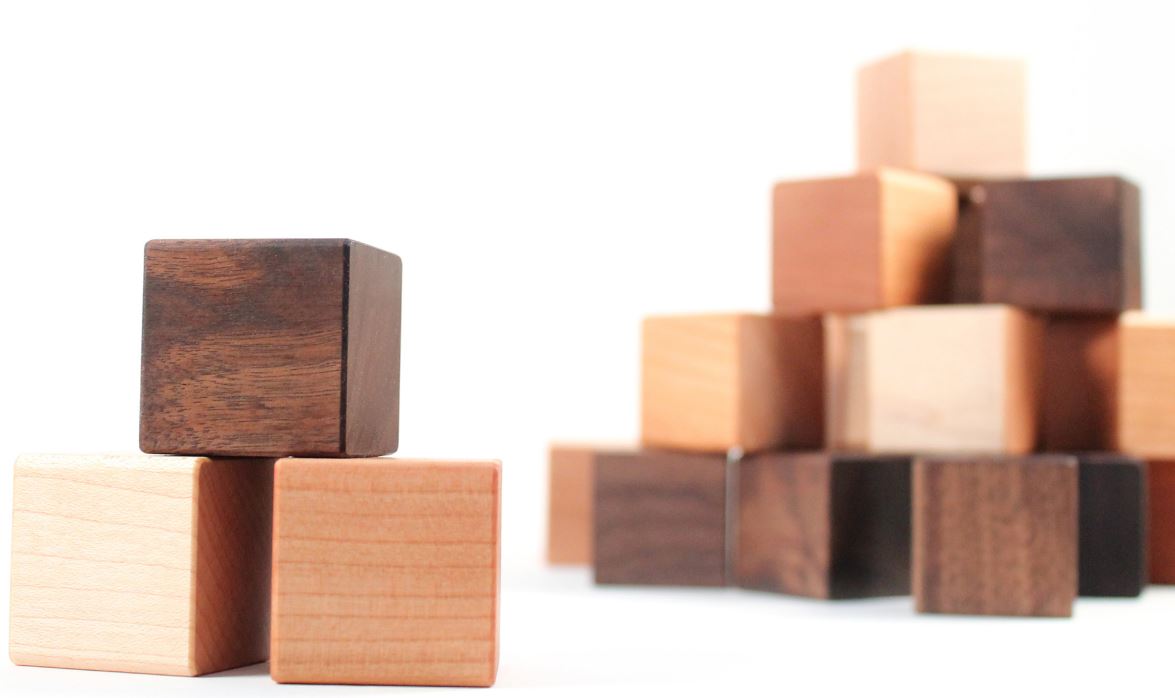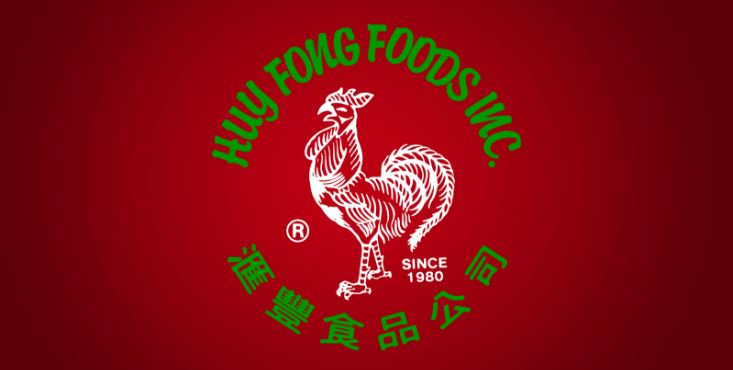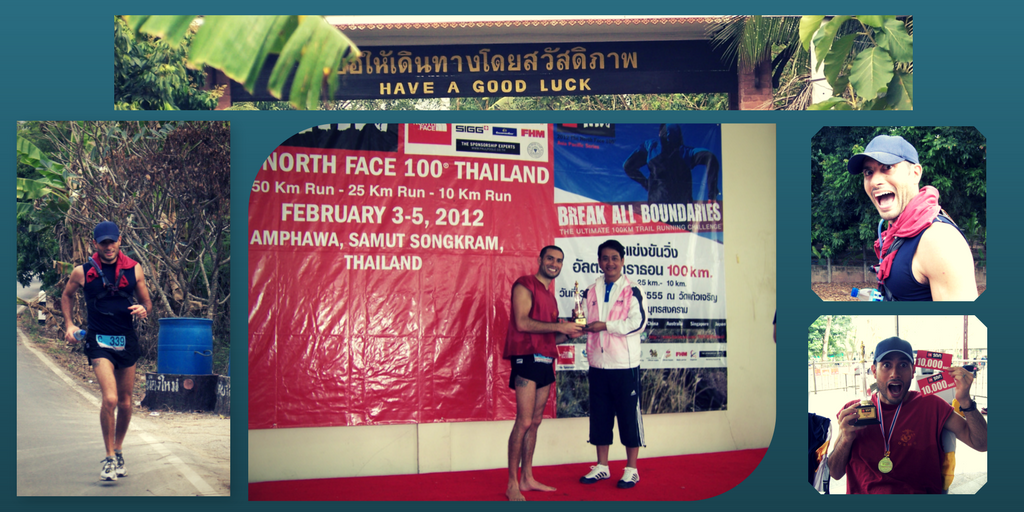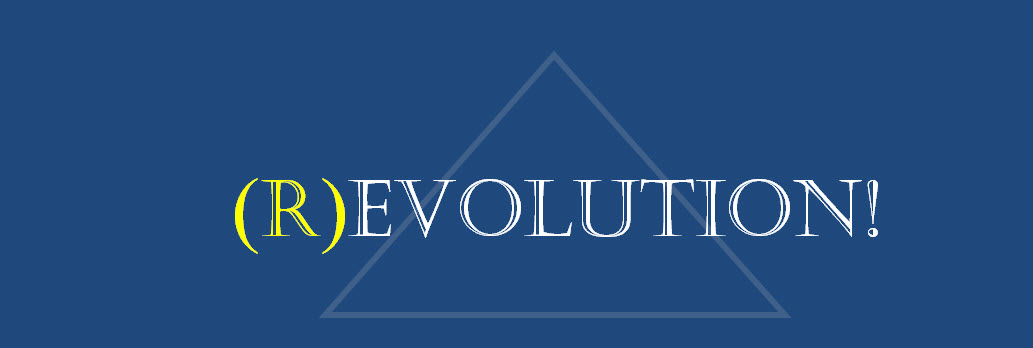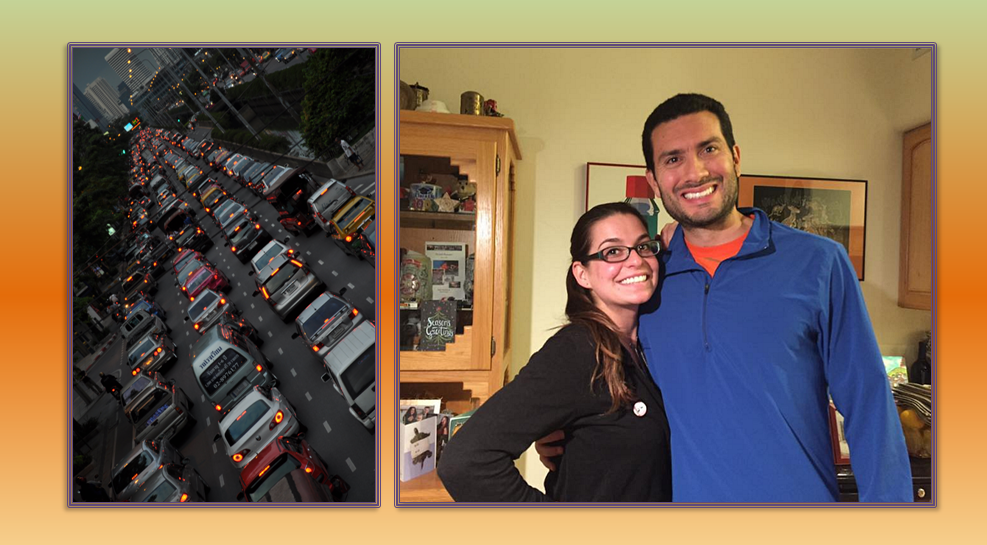
One of my earliest childhood memories is sitting in the back seat of a 1970s era Ford Bronco II watching cars on the other side of the highway drive by. I remember realizing on that day that every car had a driver, an individual going to and coming from somewhere different than me. For an instant, our lives were crossing at an unknown mile marker on an unimportant Pennsylvania road, likely never to cross again. It was the first time I connected that I was only one (small) person in a world full of people.
On the way to school the other day, my 4 year old son looked at the traffic outside his window and asked me, “Daddy – is that car going to school also?” His question immediately took me back to that rural highway from my childhood. I will save you the back-and-forth discussion that followed; anyone who has ever had a conversation with a 4 year old likely knows how it went. But what I took away from his question was that every car still has a driver, and every driver is still going to somewhere and coming from somewhere.
I have always hated long road trips. Hours sitting in one place never suited me very well. My youngest sister, on the other hand, wrote the book on cross-country car travel. If you ever meet her, you’ll likely wonder how we could be related… until you hear her talk about the future. Like me, she believes without a doubt that we shape our own lives. Nobody and nothing can hold us back if we want to move forward. My sister is a driver, not a passenger. She goes where she chooses, overcoming risk with total confidence that the road ahead will only end where she decides.
Too often, we find ourselves living like passengers rather than drivers. Whether we sit quietly or complain the whole time, we ultimately let someone or something else do the steering. It is always easier to be a passenger rather than the driver: no need to pay attention to the road, no decisions, no stress from other drivers. For all the ease, however, the cost is significant – you only get to go, see and experience what the driver chooses. Even worse, passengers often don’t realize that the drive is over until the end – when it is too late to drive anymore.
The status quo exists because of passengers. Anything you can think to change can be changed if you become a driver. Passengers look down, away or even choose to sleep during the ride. Drivers look ahead, beyond and around in order to get where they want to go. No matter how hard or uncomfortable the trip may be, always be the one holding the wheel.

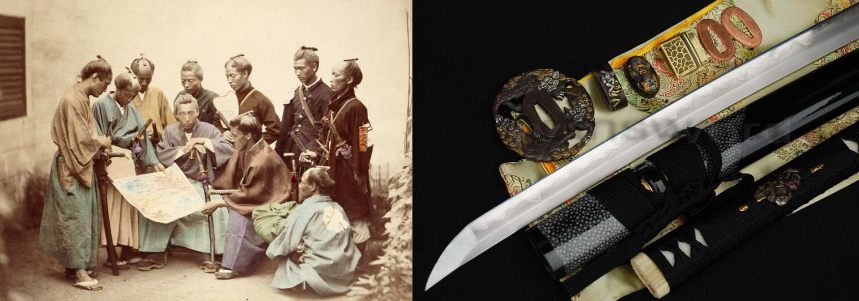
 The lesson I learned in Kyoto was that life, like a Katana, cannot be built by accident. It takes deliberate commitment and a willingness to suffer the fatigue of refinement before we can reach our fullest potential. The same steel that can rust and crack when left alone can be made powerful when folded together. I no longer fear the fire or the hammer; they are tools to make me stronger and sharper. In my community of steel, the pressure from outside forges one blade that will inspire a world.
The lesson I learned in Kyoto was that life, like a Katana, cannot be built by accident. It takes deliberate commitment and a willingness to suffer the fatigue of refinement before we can reach our fullest potential. The same steel that can rust and crack when left alone can be made powerful when folded together. I no longer fear the fire or the hammer; they are tools to make me stronger and sharper. In my community of steel, the pressure from outside forges one blade that will inspire a world.